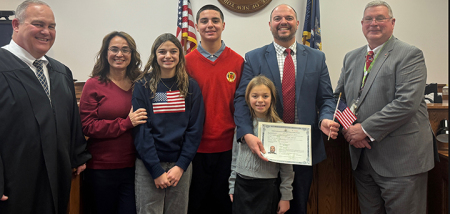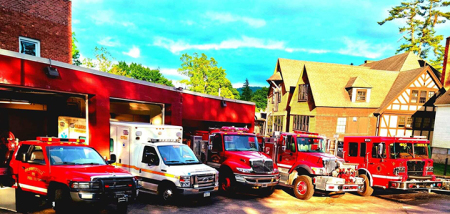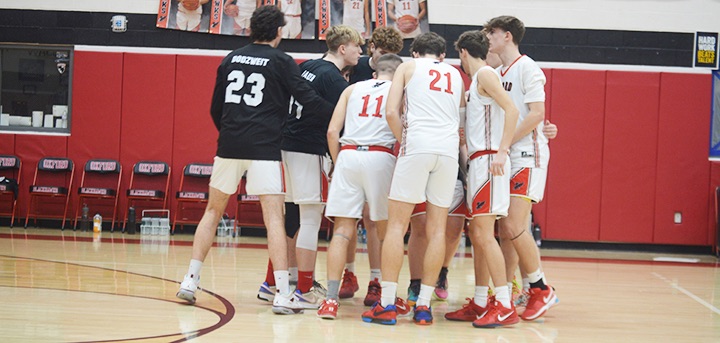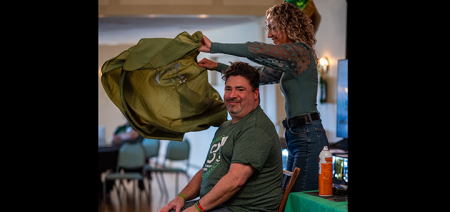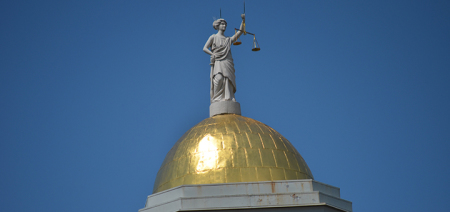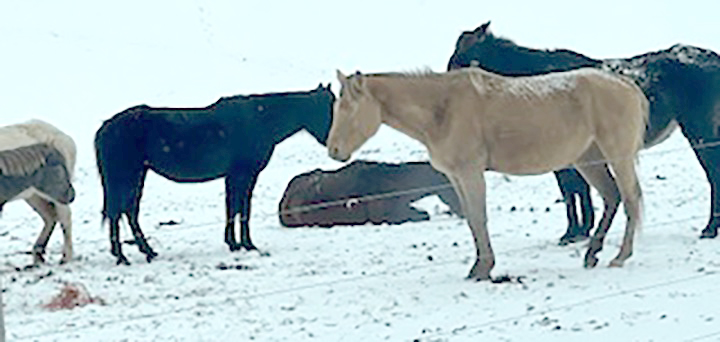Going Public
Published:
November 17th, 2021
By:
Eric Davis

This Saturday is probably the biggest day of the year for hunting in the Southern Zone of New York as regular firearms season begins for white-tailed deer and black bear.
Last year there were over 588,000 licensed big game hunters in New York. That was a seven-percent increase compared to 2019.
This could likely have been influenced by people wanting to harvest their own food in the wake of the pandemic as well as the NYSDEC’s acceptance of completion of an online Hunter Education course to buy a hunting license due to the pandemic.
With the increase in hunters, there was likely a similar increase in hunting on public lands. Public lands can be federal, state, county, or local municipality owned.
While hunting on some of these lands is managed through permits (like some state parks) or check-in stations, the majority of them are open for anyone to use at any time. When it comes to hunting on this type of public land, issues can arise between hunters and even between hunters and non-hunting land users.
The first thing to remember is that everyone is entitled to use the land whether they are hunting or doing another permitted activity on that land, such as hiking or biking. While most people might try to avoid going to these lands while the firearm season is open, it does not mean that everyone will. Sometimes the best solution is avoidance. As a hunter, it would probably be smart to stay away from trails that get heavy use by hikers or bikers when picking your setup location. Besides, if they have constant human use the deer might avoid using those areas during the day anyway.
Last year, seven out of the nine two-person hunting-related shooting incidents in New York were attributed to the victim not wearing blaze orange or pink. This year, it is required that all big game hunters wear either a hat or vest that is blaze orange or pink while afield during firearms season (see the NYSDEC website for the size requirements). Hikers and other public land users might want to do the same and wear blaze orange or pink while out. If you plan to walk your dogs on public land, it is wise to put a bright vest on your dog while you are there.
If you are hunting on public land and you run into another hunter, be courteous and respectful. If you meet them at the parking area or shortly thereafter, it may be worth asking them where they are planning to head so that you can avoid hunting the same area. You might even be able to work something out to help each other, either by covering both sides of a terrain feature, or one person trying to push deer to the other one. If you come upon someone already set up, try to take a wide swing around them in a way that isn’t going to throw your scent all over and potentially ruin their hunt. Remember, do not wave at another hunter if you encounter them. Speak in a clear voice to let them know you are there.
When using public land, remember that everybody is the owner of the property. So be on good behavior and use your common sense. If the seasonal road or the parking area look like giant mud bogs, don’t make them worse by driving through them. If you see garbage and litter, pick it up and dispose of it properly even if it isn’t yours.
Public land is the most common place for there to be conflict between hunters and non-hunters. In New York, it is illegal to harass someone who is lawfully engaged in hunting or trapping. Harassment can include acting in ways to prevent the hunt from succeeding such as yelling, or making noises. If you think you are being harassed, o not engage with the person that you think is harassing you. Try to take pictures or videos of what is happening and contact an Environmental Conservation Officer.
Author: Eric Davis - More From This Author
Comments
